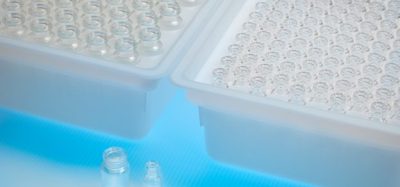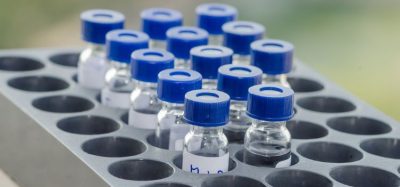MALDI-mass spectrometry imaging applied to drug discovery and development
Posted: 19 October 2011 |
Since its introduction in the field of biomedical imaging over 10 years ago1, matrixassisted laser desorption/ionisation mass spectrometry imaging (MALDI-MSI) has played an ever increasing role in drug discovery and development and is now utilised in laboratories of many leading pharmaceutical companies and collaborating academic institutions.
The need for mass spectrometry imaging in drug discovery is founded on the shortcomings of current technologies. Traditional methods of spatially mapping the distribution of compounds in tissue involved a combination approach of autoradiography (WBA) with metabolite information obtained from LC/MS analysis of tissue homogenate2. Autoradiography methods only monitor the radiolabel and therefore are not able to distinguish the parent drug from its metabolites. The addition of LC/MS allows for conclusive determination of metabolites. However, this only produces spatial information at the whole organ level and not the spatial detail that can be routinely achieved using MSI.
The ability to provide rapid simultaneous distribution data of compounds and metabolites as well as biological analytes of interest is of high value in applications such as adsorption, distribution, metabolism and excretion studies (ADME), pharmacokinetics and toxicology3-8. Since MSI bases the detection of the analytes on the molecular weight and specific fragmentation pattern, it offers the possibility to simultaneously measure compound and its metabolite distribution without having to label the drug. In addition, the potential to simultaneously acquire thousands of endogenous species of interest during the same experiment such as lipids, peptides and proteins opens up the possibility of simultaneous monitoring of drug, metabolites and markers of both disease and therapeutic response.
What is Mass Spectrometry Imaging?
In the MALDI-MSI process, the tissue of interest (whole-animal or selected organs) are thinly sectioned, dehydrated and coated with a solution of a UV absorbing material (also termed matrix), which can be applied using a number of manual or automated techniques. The coated sample is introduced in a mass spectrometer, where a laser is rastered across the tissue surface ablating and ionising analyte molecules from each position. These ions are characterised either by measuring the mass covering a wide mass range (which can encompass drugs, metabolites, internal standards and endogenous species of interest) or more specific, analyte ions are selected and fragmented in the gas phase and the resulting ions are analysed. The latter method is highly selective and allows the identification of analytes based on MS/MS transitions specific for the compound, metabolites and reference standard (known as selected reaction monitoring, SRM).The acquired MSI data can thusly be composed of hundreds of distribution images for ions in a particular mass range, or of several specific SRM transitions for known analytes. The ion intensity is visualised in each pixel of the MS image by a brightness scale (i.e. the brighter the pixel the greater the number of ions present within it) or one of many possible colour scales. An overview of this process is shown in Figure 1.
The rest of this article is restricted - login or subscribe free to access


Why subscribe? Join our growing community of thousands of industry professionals and gain access to:
- bi-monthly issues in print and/or digital format
- case studies, whitepapers, webinars and industry-leading content
- breaking news and features
- our extensive online archive of thousands of articles and years of past issues
- ...And it's all free!
Click here to Subscribe today Login here








